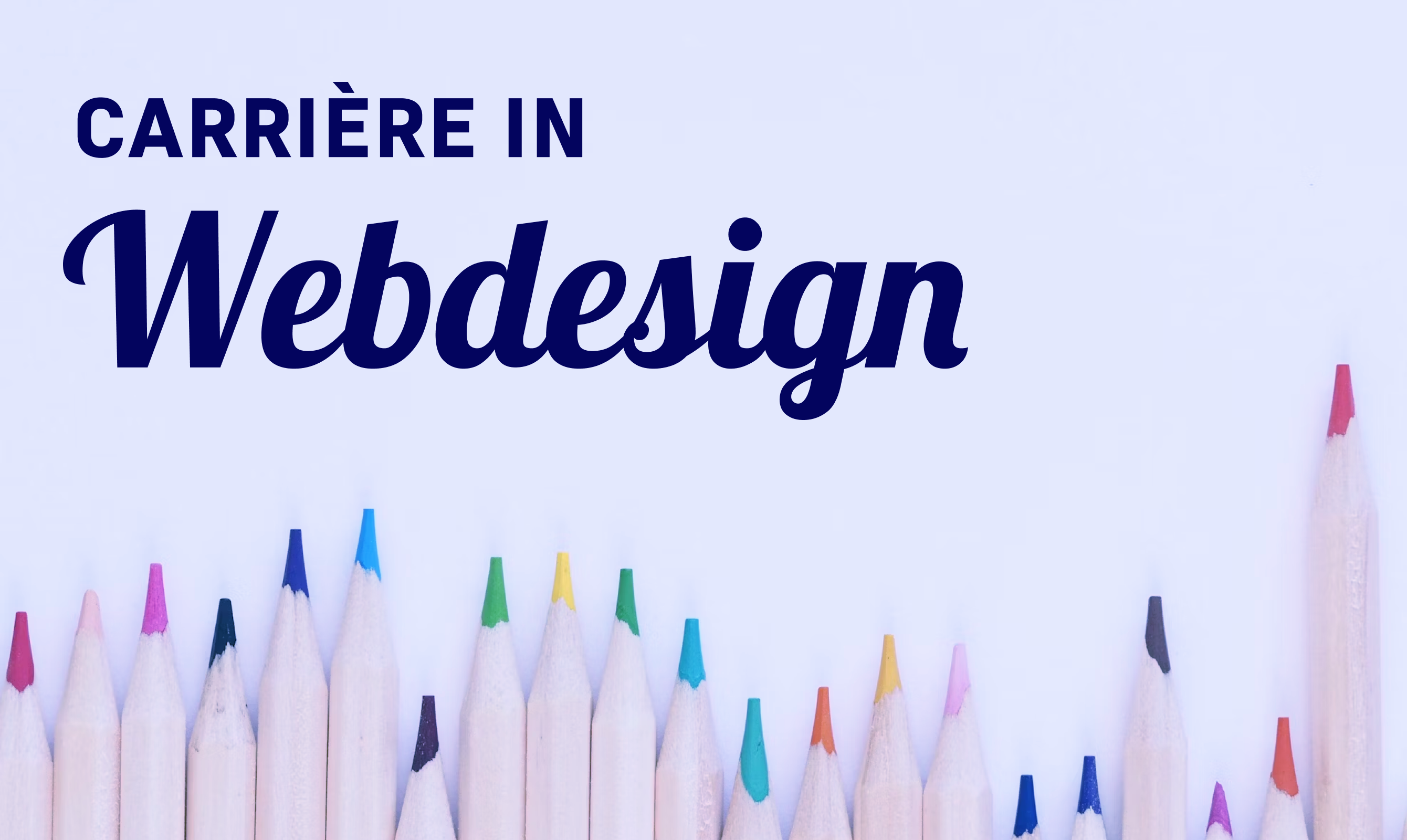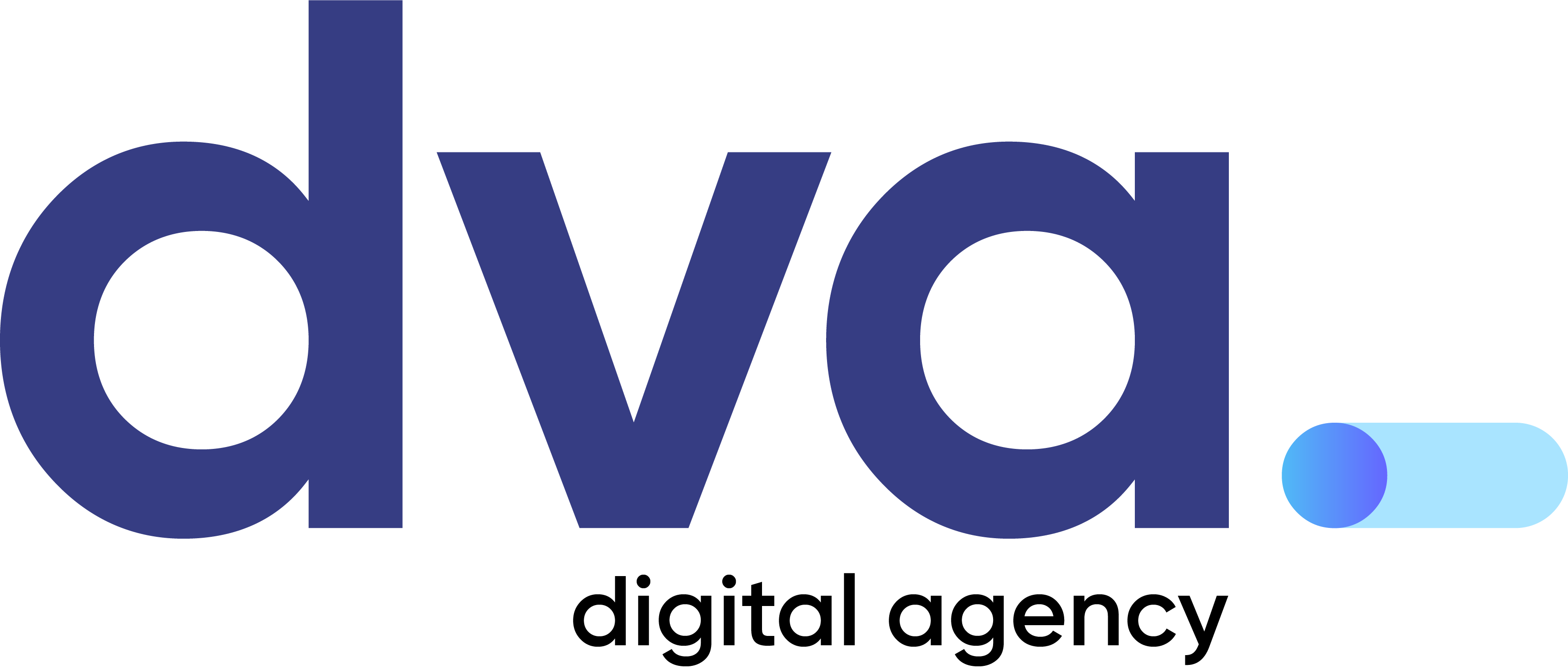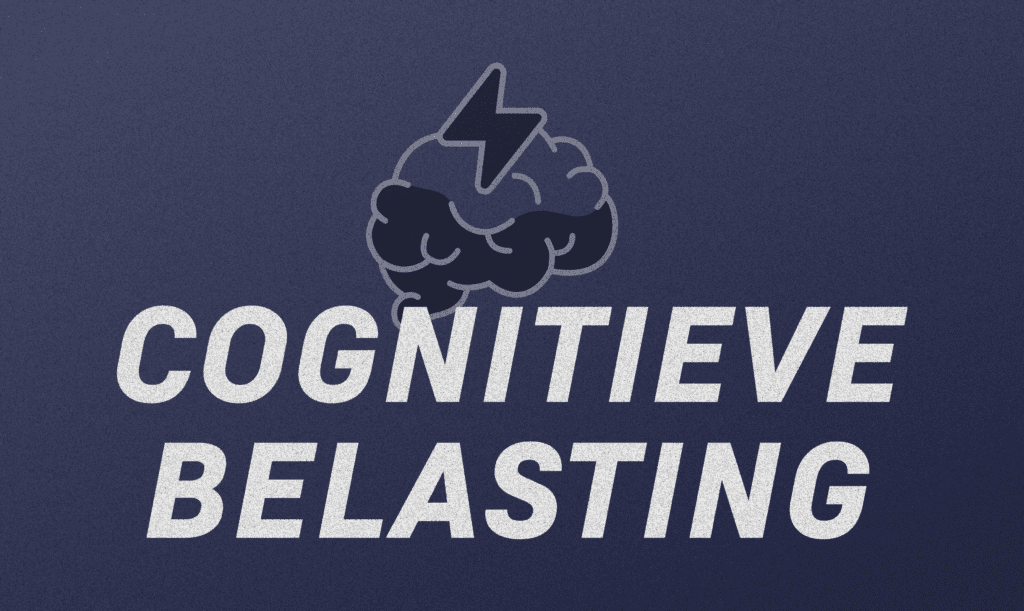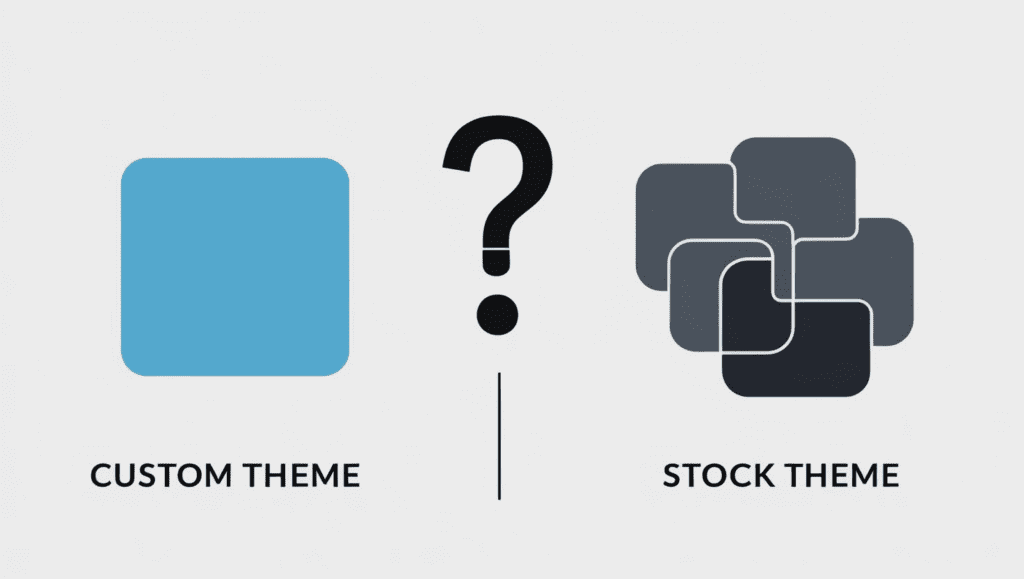
How to Start a Career in Web Design
Web design is an exciting and dynamic field that combines creativity with technical skills. Whether you’re drawn to the visual aspects of design or enjoy coding and problem solving, a career in web design offers countless opportunities. If you’re looking to get into the industry, here’s a guide to get you started.
Table of contents
Learn the Basics
The first step to becoming a web designer is to gain a solid foundation of knowledge. This includes learning HTML, CSS, and JavaScript—the core technologies behind the web. Additionally, understanding design principles like color theory, typography, and layout will help you create attractive and user-friendly websites.
There are many online courses and tutorials available to help you learn. Platforms like Codecademy, Udemy, and freeCodeCamp offer beginner-level classes to help you build your foundational knowledge.
Gain practical experience
Learning theory is essential, but applying that knowledge to real projects is just as important. Start by building small projects, such as personal websites, landing pages, or simple web applications. Experiment with different styles and layouts to improve your skills.
You can also contribute to open-source projects or offer to design websites for friends, family, or local businesses. These projects will help you gain practical experience and build a strong portfolio.
Build a Portfolio
A well-organized portfolio is essential to show your work to potential employers or clients. Your portfolio should highlight your best projects and demonstrate your skills in both design and development.
Make sure your portfolio website is well-designed, easy to navigate, and features case studies that explain your design process. Showing before-and-after comparisons or describing the challenges you overcame on a project can make your work more compelling.
Learn Design Tools and Software
In addition to coding, mastering design tools such as Adobe XD, Figma or Sketch is essential for modern web designers. These tools help create wireframes, prototypes and visual designs before converting them into functional websites.
Knowledge of content management systems (CMS) like WordPress and Webflow can also be useful, especially if you’re interested in freelance or client-facing work.
Stay informed and keep learning
Web design is an ever-changing field, with new trends and technologies emerging regularly. Follow industry blogs, join online communities, and participate in webinars to stay up-to-date.
Engaging with the design community through platforms like Dribbble, Behance, or LinkedIn can help you gain inspiration and receive feedback on your work.
Networking and seeking opportunities
Connecting with other designers and professionals in the industry can open doors to job opportunities and collaborations. Attend networking events, join online forums, and participate in design challenges to expand your reach.
When you’re ready, start applying for jobs or freelance assignments. Look for entry-level positions, internships, or freelance projects to gain professional experience.
Finally
A career in web design requires a mix of technical skills, creativity, and continuous development. By mastering the fundamentals, gaining hands-on experience, building a strong portfolio, and networking with industry professionals, you can set yourself up for success in this exciting field. Stay curious, keep experimenting, and embrace the ever-changing world of web design.


